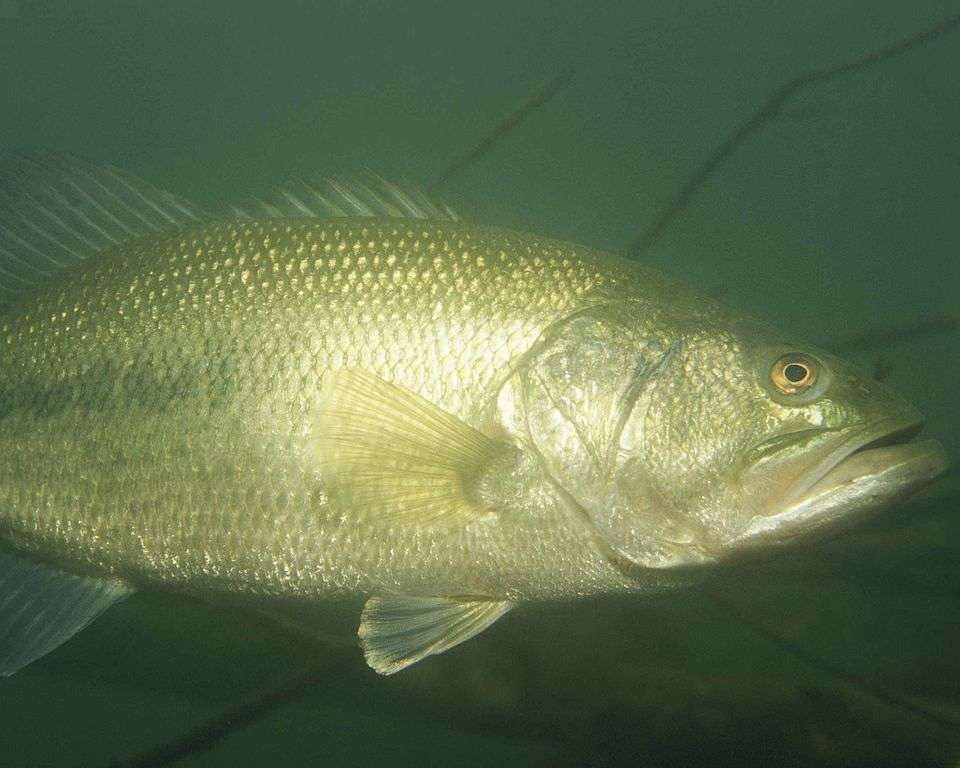
It’s often said that in most cases catching them isn’t as tough as finding them. That statement has never been truer than in the winter. They’ll bite for sure if you can find where they’re holding.
Here’s how I do it…
We’ll start by going back and thinking about fall. In most places they were back in the creeks. When it started to turn cold and the water temperature dropped they moved out towards deeper water. In a lot of cases they stopped over or on the channel swings as they exited.
For a while they were fairly easy to find. Watch the channel and watch for the shad. But now finding them is a little tougher, and that can be frustrating. What’s even more frustrating is that when you do find them they’re biting. Every minute you spend looking is a minute not catching.
Something happens at this time of the year — early winter — that some anglers don’t understand. The bass move out to their deepest holding places of the year. Depending upon where you live they might already be there or they might be a couple of weeks away. You see, they go their deepest when the water first turns chilly.
What really happens is that as soon as the water drops below its fall temperatures, maybe the low 50s, the bass head for the deepest water they can find. If they’re in a big, long creek, that might be from a tributary channel out to the main creek channel. If they’re in a smaller creek it’s more likely that they’re out where the creek channel meets the main lake channel.
The easiest way to think about this is to realize that the shorter the creek the more the bass will move towards the main lake.
While they’re doing this, though, they’re relating to the bottom, not the shore. At this time you’re not looking for breaks or swings. What you want are flat areas in deep water. I’m not talking about a traditional flat. I’m talking about deep water areas with a flat bottom. Those are two different things. Don’t confuse the two.
Even though they’re deep like that the water is still warm enough that they’re feeding. Get a lure down to them and they’ll bite. Depending upon how deep the deepest water is that lure might be a crankbait, a spinnerbait or a jig. The specific lure isn’t as important as its depth. It must be down with the bass.
On those flat places they’ll often hold in massive schools. I don’t know how many bass are in some of them, but I know a guy who found one in Toledo Bend. He said the school was about 400 yards long and 100 yards wide. He fished it every single day for a month, and it was still producing when he quit. And, I know him well enough to know that he’s telling the truth.
After a time, as the water gets colder and colder, the bass move off of those really deep spots and move up shallower. How far up they move depends upon the lake or reservoir you’re talking about and how cold the water ultimately gets.
We’ll continue this discussion next time.

